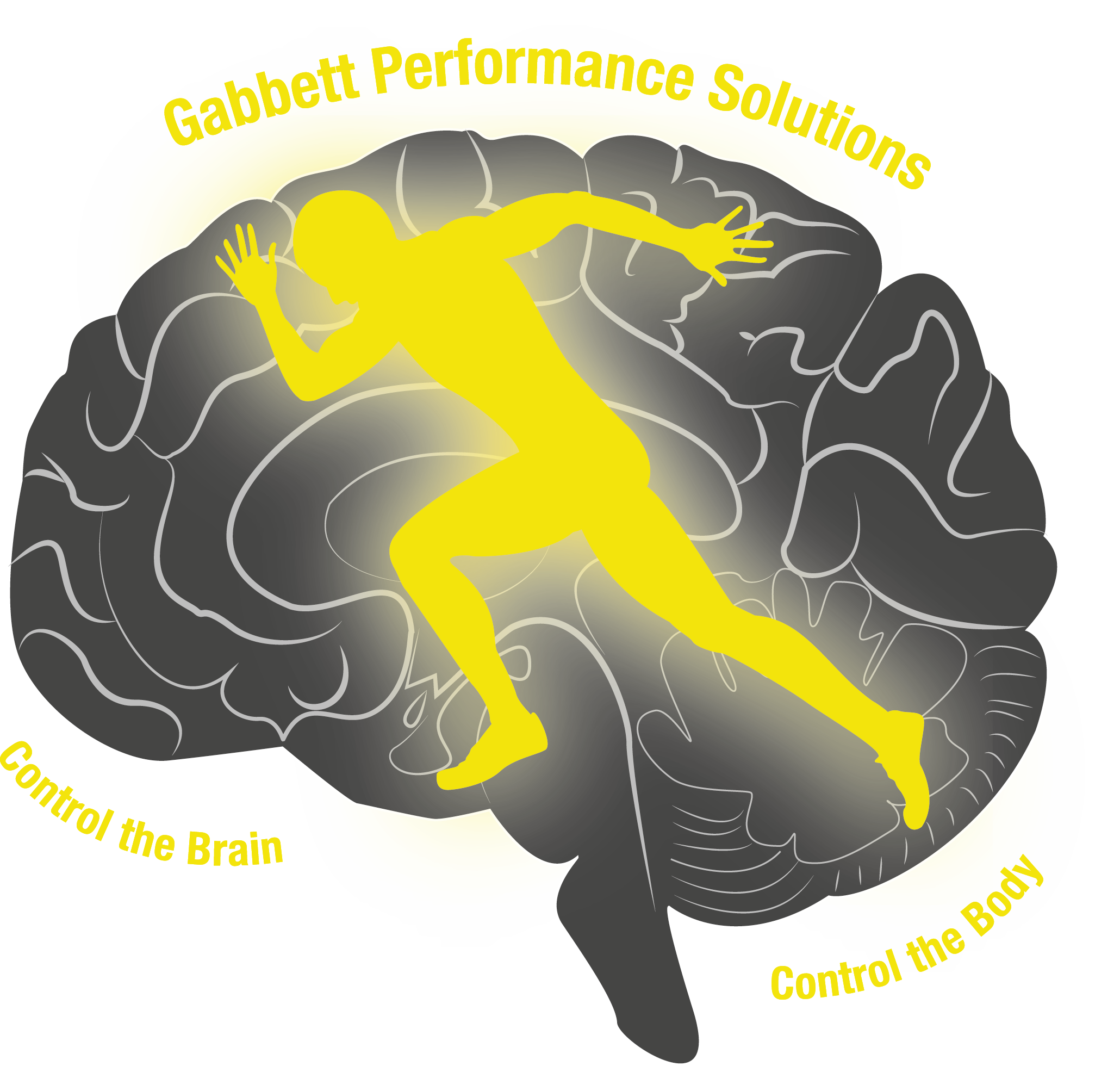In my last article, I discussed how strength and conditioning programming skills are an essential component of the good rehab professionals’ toolkit. So, if athletic trainers and physical therapists can learn from strength and conditioning specialists, what can performance staff takeaway from the rehabilitation process?
Three statements I commonly hear from strength and conditioning coaches are:
- “Our rehab staff lack programming skills”;
- “Our rehab staff don’t understand training residuals”; and
- “The rehab exercise the athlete is doing (let’s say standing hamstring curl) is so far removed from what they need to do… – how will it prepare them for the demands of the sport?”
Let’s address each of these statements so that strength and conditioning coaches can gain a greater appreciation of the challenges facing rehab professionals.
- Do Rehab Staff Really Lack Programming Skills?
Rehabilitation professionals are experts in local tissue loading. To understand the challenges facing rehabilitation professionals, one only needs to consider the variable response to loading for different tissues. Take our recent work published in Sports Medicine – the “typical” recovery timeframes for cartilage (<30 mins), tendon (24-48 hours), and muscle (up to, and beyond 72 hours) vary according to the volume and intensity of exercise (of which, intensity plays the more influential role) (2). Given that many sporting activities (e.g. sprinting, jumping) involve loading of all 3 of these tissue types, a thorough understanding of how each tissue recovers from, and tolerates this training stress is critical. Based on this, even though most rehab staff don’t play a major role in sport-specific training sessions, it could easily be argued that they have an exceptional understanding of the load-response for specific tissues, and by extension, a good understanding of how these tissues can adapt (or maladapt) to load. 
- Do Rehab Staff Really Not Understand Training Residuals?
Training residuals refers to how long the benefits of a specific physical quality are retained after training is stopped. Residual training effects for maximal speed is ~5 days. Pay close attention to athletic trainers and physical therapists, and you will see how much they truly do understand residual training effects. For example, have you ever noticed how the best rehab programs, restore local tissue capacity, while also maintaining global capacity? Consider the NFL player who cannot sprint due to a calf strain. While early-stage rehabilitation will include regular isometric exercises, global capacity of other tissues important for sprinting (i.e. the hamstrings) will be maintained through appropriately dosed exposures of eccentric exercise (e.g. rapid RDL’s, isoinertial flywheel training). Importantly, while the isometric exercises can be performed at least daily (and in some cases, more frequently), rapid eccentric exercise is performed less frequently (e.g. every ~3 days) – but often enough (every ~5 days) to retain training adaptations and bridge the gap between injury and return to peak performance.
- How Will “That” Rehab Exercise Prepare the Athlete for the Demands of Competition?
A common statement within the strength and conditioning world is “nothing prepares you to sprint…like sprinting!” Of course, this is true – the muscle activation and forces applied during sprinting far exceed that of any exercise performed in the rehab setting (3). But what volume of sprinting can athletes do in the 2 days to 2 weeks post-hamstring injury? If your answer includes a number other than “zero”, then you neither understand biological healing and local tissue capacity, nor the sport-specific demands of sprinting!! But this is also where rehab professionals play a critical role in preparing athletes to tolerate the high-intensity demands (e.g. sprinting) that come on return-to-sport. Loading early has been shown to improve rehabilitation outcomes; starting local tissue loading 2 days post-injury, resulted in a return-to sport that was 3 weeks faster than if that loading was delayed by 7 days (1). The low level, local tissue loading that occurs in rehab, prepares the tissue for higher stress activities that come at a later date, which in turn prepares the tissue for the highest stress activities that occur upon return-to-sport. Another way to put this is – if your athlete is unable to do that “really easy rehab exercise”, then there is no way that they are prepared for the higher-level activity of sprinting!
So, what role can strength and conditioning coaches play in the rehabilitation of athletes?
- Different tissues adapt differently to training stress. Work with rehab practitioners to understand recovery timelines for the tissue of interest.
- Make the rehab process a collaborative approach. An expertly crafted strength and rehabilitation program is far more powerful than either a good strength or rehabilitation program in isolation.
- You can’t cheat biological healing time! Understanding this challenge and supporting sports medicine staff during the early stages of rehab, is a characteristic of good strength and conditioning coaches. We all want our athletes performing the peak demands of their sport, but they have to earn the right to progress. Good global capacity is associated with local tissue capacity, which ultimately provides the foundation for sport-specific capacity.
https://gabbettperformance.thinkific.com/collections
References
- Bayer, ML. et al. Early versus delayed rehabilitation after acute muscle injury. New Eng J Med., 377:1300-1301.
- Gabbett, TJ & Oetter E. From tissue to system: what constitutes an appropriate response to loading? Sports Med., 2025;55:17-35.
- van den Tillar, R. et al. Comparison of hamstring muscle activation during high-speed running and various hamstring strengthening exercises. Int J Sports Phys Ther., 12:718-727.




